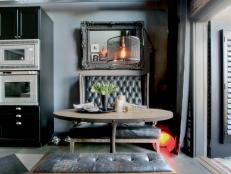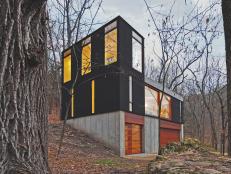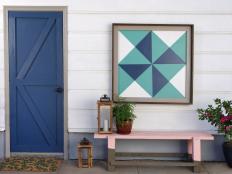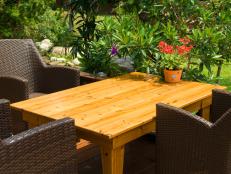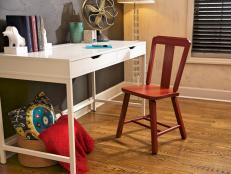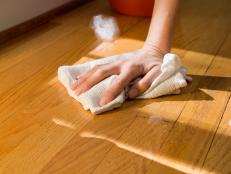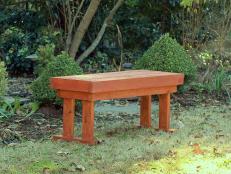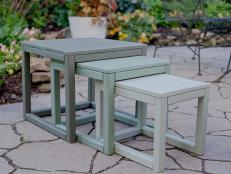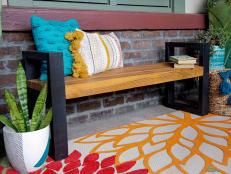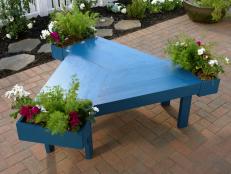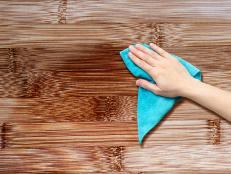Shou Sugi Ban 101: What to Know About This Trending Wood-Burning Technique
This wood-burning technique may be trendy now, but it’s been around for hundreds of years. Here’s the 101 on this beautiful and unique craft.

Burning wood to make it pretty? Yep, it’s a thing. And it’s been around for hundreds of years. Shou sugi ban, or yakisugi, is a Japanese wood-burning technique that brings out the natural patterns of wood while also weatherproofing it. We’ve seen it trending everywhere in the design world. Even Chip and Jo used shou sugi ban in season four of Fixer Upper with this floating house makeover.
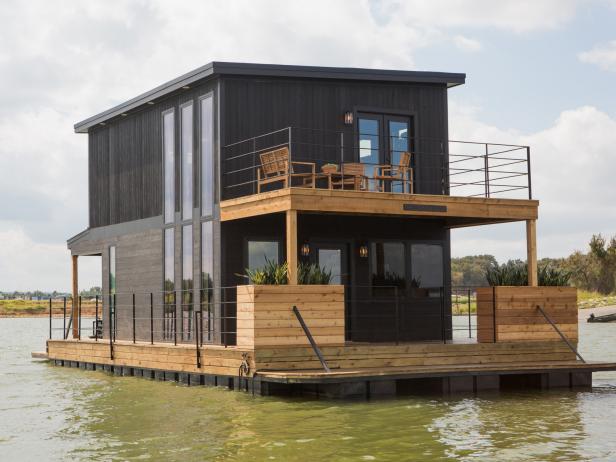
Jennifer Boomer/Getty Images
What Does It Look Like?
There’s no singular look for shou sugi ban. It all depends on the type of wood, how it’s stained and especially how long it’s burned. Wood can be light and quickly burned like these planters from Red Heart Woodwork or totally charred with a texture that mimics alligator skin like this candle holder from The Black Log.
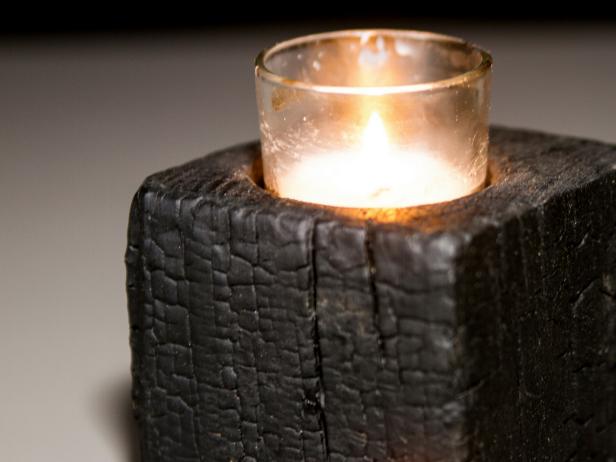
Juan Cuspinera
How to Use It
While shou sugi ban is typically thought of for outdoor use, it's becoming popular in the interior design world, too, and works with several styles--from rustic to mid-mod. Even the tile gods at Ann Sacks have created porcelain tiles inspired by the yakisugi look (which would be absolute perfection in a spa-style master bathroom.)
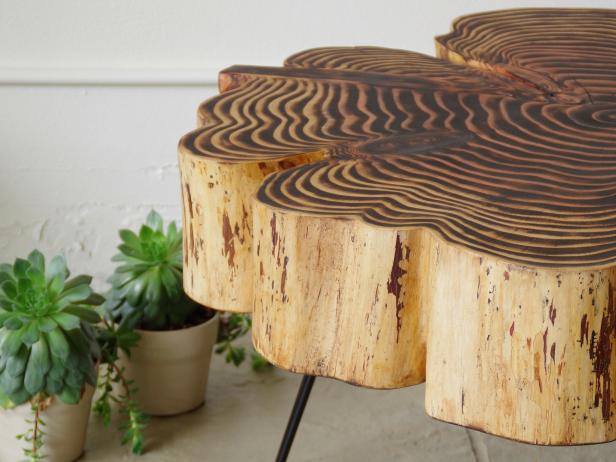
birdloft
You can go big with a statement piece such as this gorgeous “cloud” coffee table from custom furniture company birdloft. The husband and wife duo, Jeff Libby and Adrienne Wicks, use shou sugi ban on Sequoia wood to highlight the early, or less dense, wood. This creates a tabletop with a mesmerizing pattern of rings.
If you’re not ready for a big change, make a small decor swap with a piece of art. UK artist Sarah Speight frames her signature prints with shou sugi ban pallet wood.
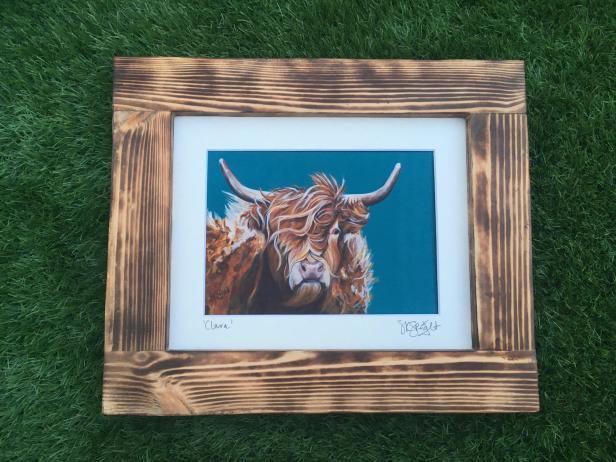
Sarah Speight
How It's Made
“There are three basic ingredients: Wood, a heat source and a finishing oil,” says George Harmon of Harmony Ranch Crafts. The woodworker creates gorgeous shou sugi ban shelving in addition to charred wood planks and other decor.
Literally translated, yakisugi means burned cedar but traditionally the cypress Cryptomeria (Japanese Cedar) was used. Cedar is Harmon’s favorite but you can use other porous woods such as pine.
“There are many approaches to charring the wood surface,” Harmon said. “Traditionally, the wood is actually set on fire and doused with water at the appropriate time. Most modern methods, including mine, involve the use of a blowtorch. A propane-fueled torch is capable of producing a flame of 2,000 degrees or higher and gives the user flexibility when heating the wood surface.” Harmon added that flexibility helps if you want to focus the flame over one spot for a longer period of time to produce deeper charring.
After the wood has been charred and cooled, a finishing oil is applied. Harmon opts for a 100% natural oil. “The downside to this approach is that it takes much longer for the oil to soak into the wood,” he said. “Because of this, many choose to mix an additive such as citrus solvent into their oil or simply use a transparent stain. No matter what is used, it should be applied liberally.”
The best attribute of yakisugi wood is that it can withstand much more than your typical deck paneling. “Shou Sugi Ban wood is extremely weather resistant and durable,” said Harmon. “When the wood is charred, the softer and weaker material, the portion that is more prone to decay, is removed. In addition, the black charred surface blocks the penetration of damaging UV rays found in sunlight.”






